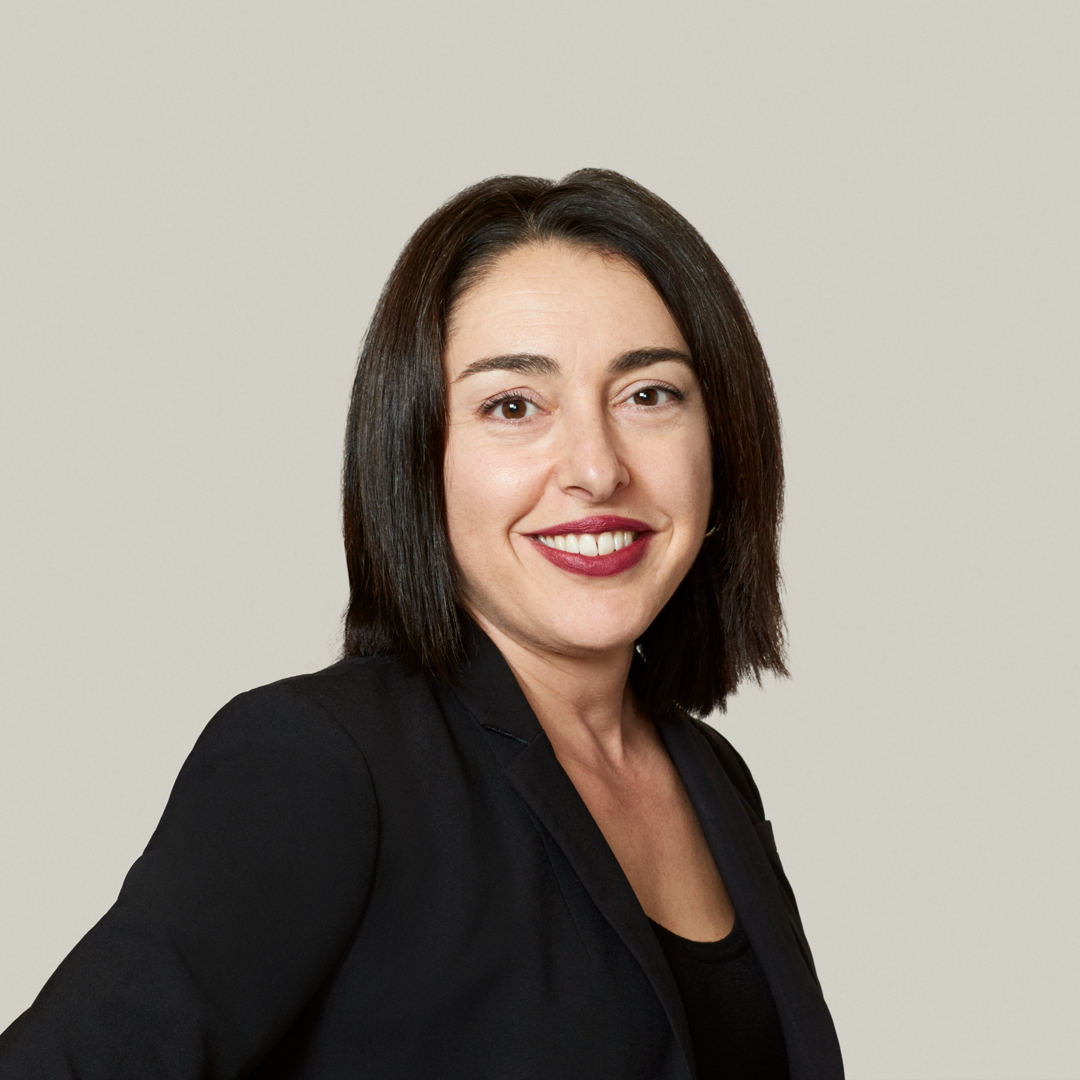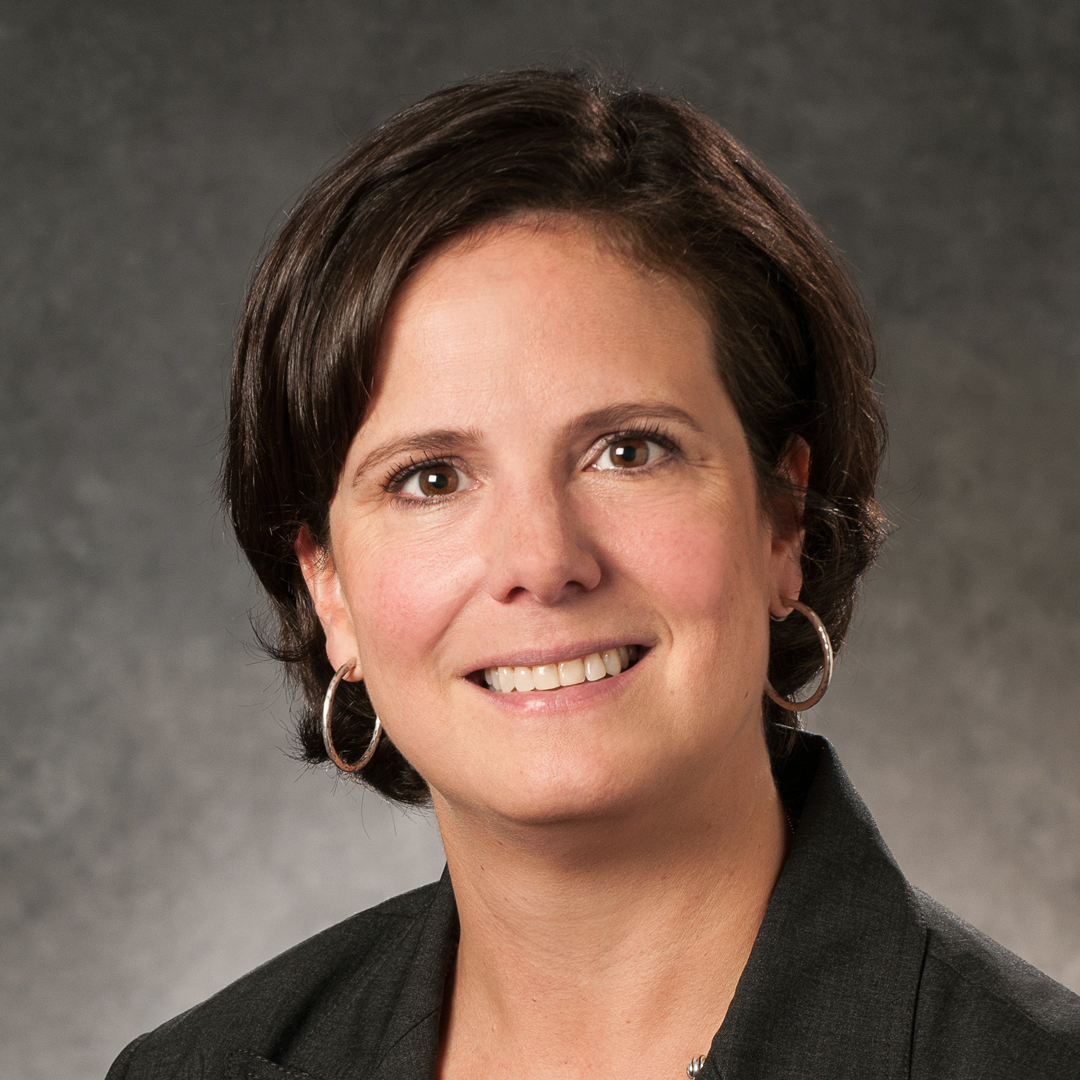As Hilton approaches its centennial anniversary in the hospitality space—an industry it has helped define—its leadership is looking to Fred Schacknies to help fortify the treasury function of the “new Hilton.”

Following the successful spin-offs of Park Hotels & Resorts and Hilton Grand Vacations, Hilton’s next chapter is one that tells a story of a resilient, capital-light, fee-based business. Schacknies, senior vice president and treasurer since January 2017, and his global treasury team are responsible for preparing the hospitality leader’s corporate enterprise and managed and franchise fee portfolio for expansion.
“Our future growth will increasingly come from diverse places around the world,” Schacknies says. “Having lived and worked abroad, immersed in other cultures, has colored my perspective, which has been a great benefit, because the value of travel and international experience is fundamental to everything we do here at Hilton.”
Today, Schacknies leads a world-class team that monitors financial risk and liquidity, as well as cash and banking, for Hilton’s global enterprise, which in turn engages with more than 5,500 properties across 15 brands in 109 countries and territories. Profile spoke with Schacknies to learn how he keeps innovating within his function while simultaneously aligning with Hilton’s goal to raise the bar in an evolving industry.
How did you ensure a smooth transition from assistant treasurer to the department head?
The transition was prompted by the spin-offs of Park Hotels and Resorts and Hilton Grand Vacations in January 2017, when the former treasurer went on to assume the CFO role at Park. As assistant treasurer since 2009, I was familiar with the business. What was different was the level of responsibility representing the treasury function and increased direct engagement with the CFO and his leadership team.
Did your mind-set or goals change when stepping into the treasurer role?
There were three equally important priorities for the treasury function: Complete the complex execution of the spin-offs; manage the support agreements to continue providing business support to the new companies in a segregated way; and continue business continuity for the remaining Hilton business.
How has the business model evolved post-spin-offs into the “new Hilton”?
It’s a simpler, capital-light model, focused on generating resilient, fee-based income and primed for global growth. That creates a host of needs in the treasury space. Our treasury engine is there to provide stability. That speaks to the need for financial risk and global liquidity management, but also the ability to efficiently scale our financial infrastructure.
We had a financial risk management platform in place dealing with currency and interest rates, and we’ve built on that foundation with balance sheet and cash flow hedging. Organizationally, we’re migrating from a hub-and-spoke approach to a regional treasury model to provide more on-the-ground support.
What advantages arise from decentralizing the department into a more regional structure?
Each team now has direct responsibility for treasury decisions and actions that take place in the respective region, as well as developing relationships with finance team members and functions across the organization. As emerging markets present new opportunities for the company, it is important that we invest in building efficient teams to support this growth.
What role does the global risk and treasury function play now in Hilton’s global growth plan?
Cash moves around the world at different times in different locations. Central to our business model is a renewed sense of capital efficiency. The treasury team needs visibility across all of the complexities associated with geography, currency, legal entity structure, and other factors to ensure that the surplus cash flow generated by our global commercial engine can be efficiently returned to investors.
How does your team leverage technology to increase efficiency?
We say we’re managing money but, practically speaking, we’re managing data—and a lot of it. The half-life of data is measured in minutes, so the scale and pace of data is an immensely complex technology challenge unique to treasury departments in the corporate finance world.
We have people operating in multiple locations sharing and maintaining real-time data links with the outside world. We make sure all inbound and outbound data, whether with banks or markets, is tightly controlled, centrally visible, and used strategically.
How do you cultivate relationships with business leaders to implement solutions?
Treasury is one of the more esoteric corners of the corporate domain, and yet everyone understands cash. Educating colleagues on the role of treasury starts with outbound communication. Advocating for solutions is fairly easy; it is just a matter of advertising our value.
Now going into year three as treasurer, what are your goals?
My number one goal is to continue being a productive, collaborative partner to the rest of the business and the finance organization. We are problem-solvers, and want to be viewed as a go-to resource for our stakeholders. We’re creating opportunities for Hilton team members to collaborate and contribute to our vision—to fill the earth with the light and warmth of hospitality.
Citi is proud of our partnership with Hilton Worldwide, which spans many years. We share with them a passion to deliver exceptional client service and strive to be leaders in our respective industries and communities. Citi congratulates Fred Schacknies for this well-deserved recognition of his accomplishments and contributions.















